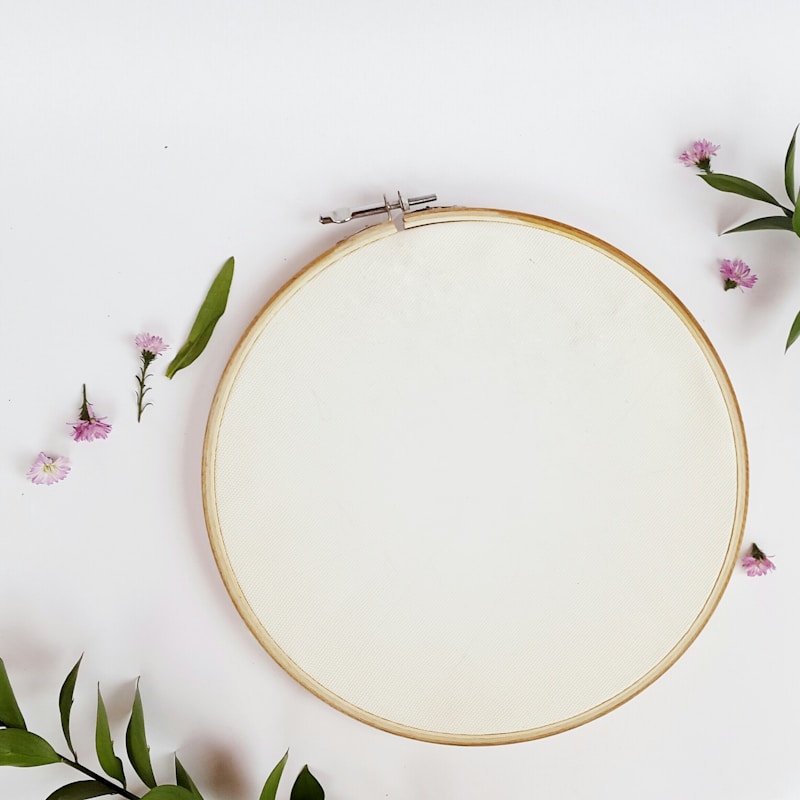Discover the Art of Delicate Embroidery Techniques: A Comprehensive Guide
Unlocking the World of Delicate Embroidery Techniques
Embroidery has been a cherished art form throughout history, combining creativity with technique to produce beautiful, intricate designs. Among the various styles and methods, delicate embroidery techniques stand out due to their finesse and meticulousness. In this article, we'll explore different delicate embroidery techniques, their cultural significance, tools and materials needed, as well as tips to perfect your craft.
What Are Delicate Embroidery Techniques?
Delicate embroidery techniques refer to intricate needlework methods that require precision and a gentle hand. These techniques often involve fine threads, tiny needles, and detailed patterns. Some of the most popular and exquisite types of delicate embroidery include:
- Hand Embroidery
- Silk Ribbon Embroidery
- Crewel Embroidery
- Whitework Embroidery
- French Knot Technique
Understanding Key Techniques
Let’s dive deeper into each of these techniques, exploring their historical context and practical applications.
1. Hand Embroidery
Hand embroidery is the foundation of many delicate embroidery techniques. It involves stitching patterns onto fabric using a needle and thread, creating stunning results that showcase an artisan's skill and creativity. This technique can be further divided into various stitches such as satin stitch, backstitch, and chain stitch.
2. Silk Ribbon Embroidery
Originating in France, silk ribbon embroidery utilizes narrow silk ribbons instead of traditional threads. This technique is perfect for creating three-dimensional flowers and foliage, adding a unique texture to the artwork.
3. Crewel Embroidery
Crewel embroidery employs wool yarn for stitching intricate designs on fabric. It often features floral motifs and is primarily associated with home décor items, such as pillows and wall hangings, contributing to its luxurious appeal.
4. Whitework Embroidery
Whitework is characterized by the use of white thread on white fabric, creating subtle and elegant designs. This technique includes several methods, such as cutwork and drawn thread work, producing a sophisticated and refined look.
5. French Knot Technique
The French knot technique is widely used in delicate embroidery to create textured dots, resembling flowers or clusters. This method adds depth and dimension to various designs, making it a staple in floral embroidery.
Tools and Materials for Delicate Embroidery
To get started with delicate embroidery techniques, you’ll need the right tools and materials. Here’s a comprehensive list:
| Tools | Materials |
| Embroidery hoop | Cotton fabric or embroidery linen |
| Sharp embroidery needles | Embroidery floss or silk ribbons |
| Scissors | Backing fabric (for stability) |
| Water-soluble pen | Embroidery patterns/templates |
| Thimble | Optional embellishments (sequins, beads) |
Getting Started: Tips for Beginners
Starting your journey in delicate embroidery requires patience and practice. Here are some tips to help you master your skills:
- Choose the Right Fabric: Opt for a tight-weave fabric that can withstand the delicate stitches without fraying.
- Keep Your Threads Untangled: Always store your embroidery threads neatly to avoid knots, which can affect your work's fluidity.
- Practice Basic Stitches: Before diving into complex patterns, practice basic stitches to build your confidence.
- Use an Embroidery Hoop: An embroidery hoop keeps your fabric taut, making it easier to work on intricate designs.
- Experiment with Color: Don't hesitate to combine different colors and materials to create unique designs.
The Cultural Significance of Delicate Embroidery
Delicate embroidery techniques are more than just a craft; they carry cultural history and significance across various regions. For instance:
- In Japan, Shashiko, a form of hand-stitching, originated from utilitarian needs and evolved into an art form.
- Indian Chikan work from Lucknow is a delicate hand-embroidery art featuring intricate floral patterns.
- Chinese embroidery techniques, such as Su Xiu, emphasize detailed motifs and vibrant colors, showcasing regional craftsmanship.
Conclusion: Embrace the Art of Delicate Embroidery Techniques
In conclusion, mastering delicate embroidery techniques not only allows you to create beautiful works of art but also connects you to a rich cultural tapestry of traditions. Whether you are making a unique gift, home decorations, or exploring a new hobby, these techniques offer endless possibilities. Remember to practice perseverance and be patient with your progress. As you navigate the delicate nuances of embroidery, you may also encounter related topics such as quilting, textile arts, and fashion embellishment techniques, which can further enrich your skills and creativity.
So pick up your needle and thread, and embark on this delightful embroidery journey today!
